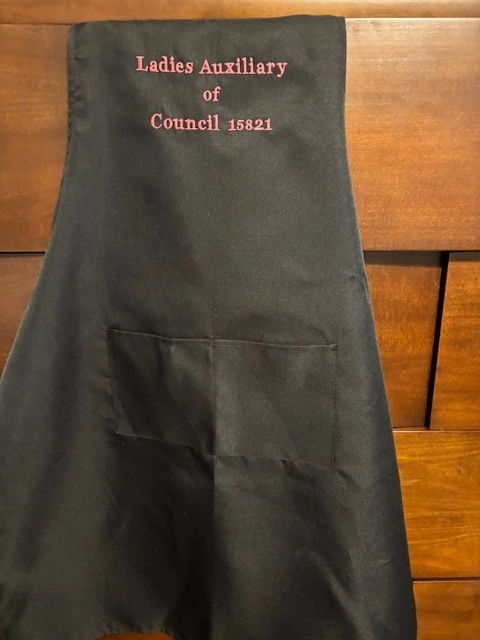Classy Monogramming on Towels for a Touch of Deluxe
Wiki Article
The Art of Custom Needlework: Opening the Keys to Creating Distinct and Remarkable Layouts
The tricks to creating customized needlework styles that captivate the eye and leave a long-term perception lie in a fragile equilibrium of method, creativity, and attention to information. As we delve into the world of personalized needlework, we reveal the nuanced interaction between string option, stitch complexity, and design personalization that elevates a plain garment to a work of art.Picking the Right Embroidery Threads
When picking needlework threads, what essential aspects should you take into consideration to make certain the best results for your custom designs? The choice of embroidery thread is critical in establishing the final outcome of your embroidered style.
Thicker strings can add measurement and structure to your style, while finer strings are perfect for intricate information and tiny text. In addition, taking into consideration the color fastness and washability of the string is critical to make sure that your customized styles maintain their quality and vibrancy over time.
Checking Out Different Stitch Strategies
To explore the world of 'Checking out Various Stitch Methods', one need to comprehend the ins and outs and nuances that each stitching method gives the art of embroidery. Different stitch strategies not just add aesthetic passion yet likewise contribute to the general appearance and measurement of the layout. One popular stitch method is the satin stitch, which includes carefully packed parallel stitches to develop a smooth and glossy surface, perfect for filling out shapes and creating strong details.On the other hand, the backstitch is a versatile technique usually utilized for detailing and adding fine details. It involves sewing backward to produce a solid line of embroidery. In addition, the French knot stitch includes a responsive aspect to styles, best for creating textured accents like blossom facilities or decorative touches.
Exploring various stitch strategies allows embroiderers to have fun with light, darkness, and deepness within their styles, elevating the aesthetic allure and creative high quality of their needlework projects. By mastering numerous stitching approaches, one can unlock unlimited opportunities for creating unique and memorable custom embroidery items.
Incorporating Personalized Design Aspects
Having explored the intricacies of different stitch techniques such as the satin stitch, backstitch, and French knot, the focus currently moves towards integrating tailored design aspects in custom-made embroidery projects. Customized design components play an important duty in making embroidery tasks really special and remarkable.An additional method to integrate tailored design components is by consisting of symbols or motifs that hold special definition to the recipient or show their interests and individuality. As an example, incorporating a preferred flower, animal, or hobby-related icon can make the embroidery style a lot more meaningful and customized. Furthermore, selecting shades that resonate with the recipient or straighten with the intended motif can better boost the customization of the embroidery job.
Grasping the Art of Shade Coordination

One trick element of color sychronisation is understanding color theory. This includes understanding exactly how different colors engage with each various other, the emotions they convey, and how they can be incorporated to develop visually attractive layouts. By applying shade theory concepts, embroiderers can develop unified shade palettes that boost the general look of the layout.
Additionally, taking notice of contrast is critical in shade control. Utilizing contrasting colors can help specific elements of the design pop, boost readability, and develop a visually dynamic needlework piece. By understanding the art of color control, embroiderers can raise their designs and create memorable items that resonate with clients and audiences alike.
Enhancing Appearance With Advanced Needlework Stitches

Bullion knots, on the other hand, can be used to produce twisted, ropelike aspects that add an elegant feeling to the needlework. Trying out with these innovative embroidery stitches enables you to press the boundaries of standard needlework and create absolutely distinct and aesthetically appealing textures in your layouts.
Final Thought
To conclude, the art of customized needlework entails a combination of picking the best threads, discovering numerous stitch techniques, including tailored design components, understanding color control, and improving texture with innovative stitches. By recognizing and executing these see here crucial elements, embroiderers can produce one-of-a-kind and remarkable designs that showcase their imagination and ability. Embroidery lovers can open the secrets to creating gorgeous and custom pieces that stand out and leave a long-term impression.Report this wiki page